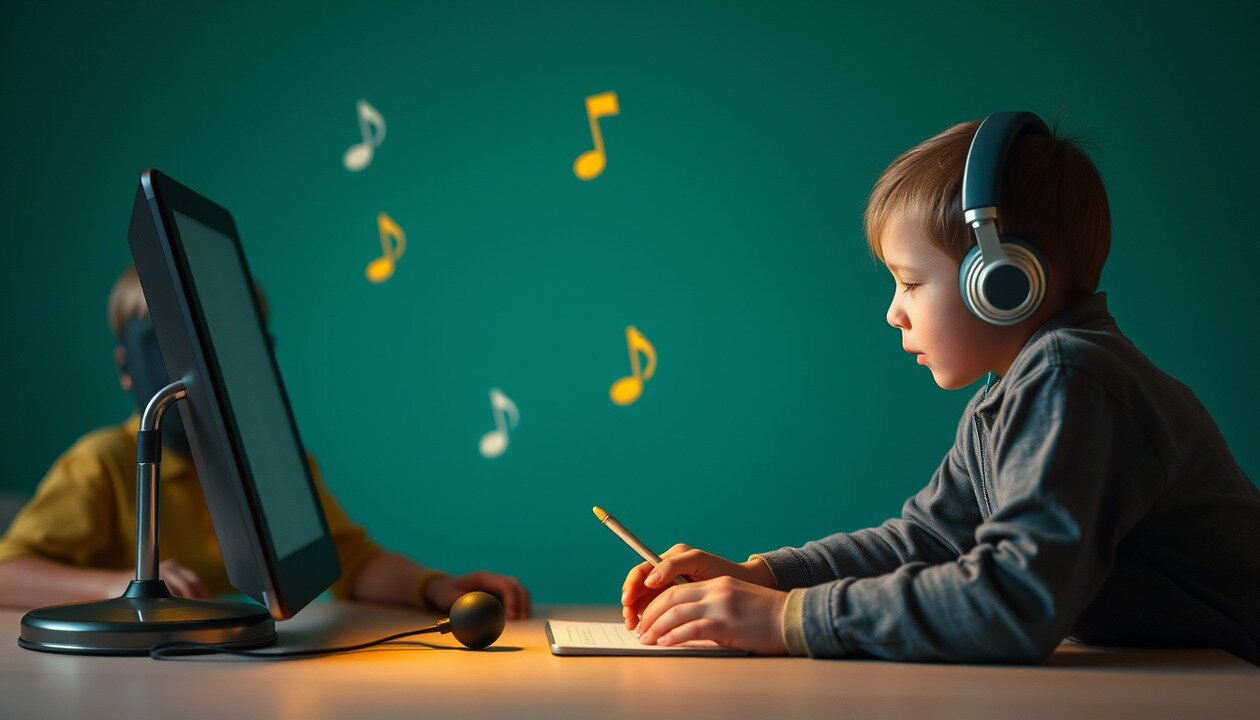
A — Attention
Music Builds Longer Focus in the Shortest Attention Spans. When toddlers sing, their attention is guided by rhythm and structure. Songs train the brain to anticipate what comes next, naturally lengthening engagement. Focus becomes a byproduct of joy and pattern — not pressure.
Why Attention Is the First Educational Superpower
Toddlers are curious, fast-moving, and easily distracted — not because they lack intelligence, but because their attention systems are still developing. The ability to focus for extended periods is not fixed at birth; it’s trainable — and music is one of the most effective tools for building it early.
How Music Extends Focus Naturally
When toddlers sing, they don’t just listen — they anticipate, repeat, and follow rhythm. This process engages prefrontal brain regions responsible for sustained attention and impulse control. Songs introduce predictable patterns that help the brain practice sequencing and mental endurance — without ever calling it “discipline.”
In musical learning, children are not forced to pay attention — they want to.
Focus becomes an outcome of emotional engagement and cognitive participation.
The Brain Science Behind Musical Attention
Research shows that music activates both hemispheres of the brain, lighting up areas responsible for auditory processing, timing, memory, and attention regulation.
The rhythmic structure of music supports temporal awareness and trains working memory — two key functions linked directly to concentration.
Neural studies also reveal that regular musical engagement in early childhood is associated with stronger executive function, longer attention spans, and greater emotional regulation — all essential for learning.
Practical Applications at Home and School
Attention doesn’t need to be taught with silence — it can be built through joyful noise.
Educators and parents can use music as a tool for focus in countless ways:
Singing instructions to increase listening retention
Using rhythmic songs to anchor transitions and routines
Incorporating background music to reduce overstimulation and calm the environment
Teaching academic content through repetitive, engaging melodies
Even short musical routines can increase on-task behavior and reduce distraction — especially in young children who respond more to tone and rhythm than verbal explanation.
Why It Matters
The earlier children learn to sustain attention, the more they thrive across every area of life — from reading to relationships to self-regulation.
Music gives young learners the chance to practice focus through joy, not force. And when that habit is formed during the brain’s most adaptable years, it becomes a lifelong asset.